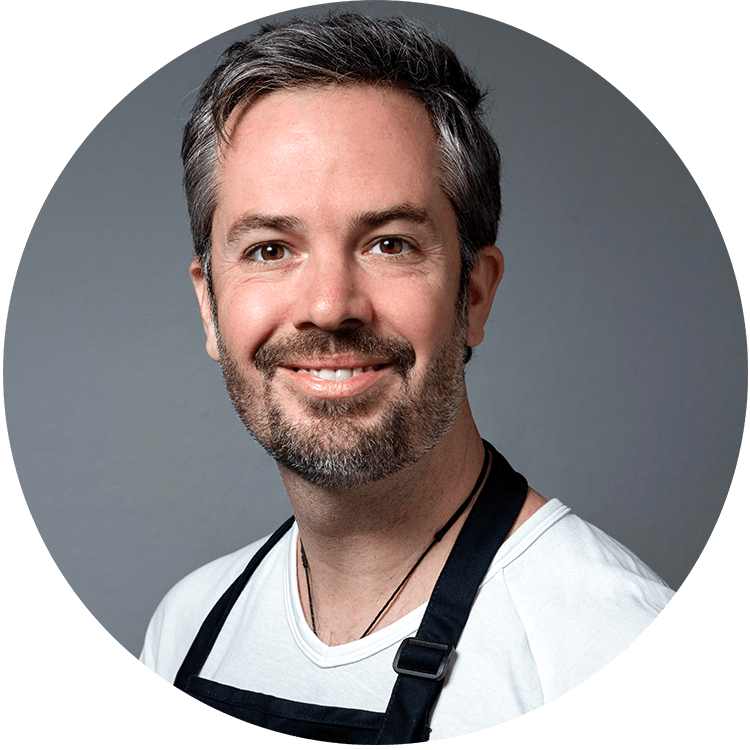

Perfect Slow Roast Beef
Perfectly tender, rosy roast beef is easier than you think! Slow Roast Beef produces juicy, delicious beef every time.
When I lived in London, one of my favourite things to do on a Sunday was to take myself off to one of the capital’s many old-fashioned pubs and order myself a Sunday roast with all the trimmings.
Living in a tiny studio flat in Soho, it was such a pleasure to be able to sit at a cosy corner table next to a roaring fire, eating the sort of thing I would have never cooked in my little kitchen. While there were plenty of different roasts on the menu, my all time favourite was that most British of dishes, Slow Roast Beef with all the trimmings.
TABLE OF CONTENTS
▼
A classic British Roast
If there is one national dish of England, it has to be roast beef. Served perfectly pink, with a big pot of gravy, vegetables and light and puffy Yorkshire puddings, it is a meal fit for a king.
Of course, it can go horribly wrong, as there is nothing worse than tough, overcooked grey meat or a roast that is seared on the outside and still raw in the middle, so it’s good to have a fool-proof technique at the ready.
The secret to perfect Slow Roast beef
The secret to perfect roast beef is simple. You need to sear the beef in a pan for a perfect crust, then roast it at a very, very low temperature for a longer time.
This results in perfectly cooked, tender beef, evenly pink the whole way through. A lot of people swear by roasting the beef hot and fast, but I find this tends to make the meat tough rather than perfectly tender.
The long cooking time is ideal, as in the meantime, you can get on with making your sides, setting the table and maybe even having a cheeky glass of wine while the oven does all the work.
Pro tip: Use a meat thermometer
It’s important when using this method to use a meat thermometer so you can keep an eye on the temperature, this is because the oven is so low, only 80°C / 175°F, that it will almost look like nothing is happening to the roast, so you have no visual clues to go on.
Using an inexpensive meat thermometer means you can relax and be assured that the roast is cooking properly.
It’s also vital that you take the beef out of the refrigerator at least an hour before you start to cook, and properly sear it in a hot frying pan before it goes in the oven.
Allowing the beef to warm up to room temperature means it will cook evenly right through to the middle, and searing it properly gives you that lovely golden brown crust on the outside.
Jay’s Cooking Tip
It’s important to know that if your oven does not have a low setting (80°C / 175°F) that this recipe is not suitable. See FAQ’s for an alternative.
Low temperature roast beef cooking times
When using this low and slow method of cooking roast beef, the cooking time will vary depending on how thick your cut of beef is.
Below is a table giving you a rough guide to help you plan, but as I’ve stated above, the very best and most reliable way to ensure your beef is cooked is to use a meat thermometer.
What to serve with Slow Roast Beef?
While the meat is resting, I like to make Yorkshire puddings, so I’ve included an easy recipe in the main recipe card, as well as a simple gravy. You can always serve the roast with potatoes instead.
A lovely big joint of meat like this deserves plenty of fresh vegetables too. Peas and green beans are the classic sides along with carrots or parsnips.
FREQUENTLY ASKED QUESTIONS
Can I make Slow Roast Beef in advance?
Slow Roast Beef can be cooked and served cold, or reheated – you’ll lose that lovely pink if it is reheated however.
What sides should I serve with roast beef?
Glazed vegetables are great as they can be cooked on the stovetop while the beef is in the oven. I always serve my roast with Yorkshire puddings too!
How can I tell the roast is cooked?
It’s important to use a meat thermometer for this roast, when the temperature is 60-62°C then the roast is done. I’d suggest using a digital ‘Instant Read’ thermometer, like this one, for the best results.
My oven does not have such a low temperature setting! How can I cook my roast?
You’ll need to sear the meat well, then roast at 200°C / 400°F for approximately 20 minutes per 500g / 1lb. of meat followed by a 15 minute rest. Again, please use a meat thermometer to check the internal temperature of the roast for best and most accurate results.
More delicious Sunday Roasts
I love a roast on the weekend! There’s nothing better than the aroma of a big roast slowing cooking in the oven to draw the family to the table with rumbling stomachs. Below are some of my most popular roast recipes:
- Pork Wellington: Juicy pork tenderloin wrapped in buttery puff pastry.
- Bavarian Roast Pork (Krustenbraten): With perfectly crispy crackling, this traditional roast is cooked in a dark beer sauce.
- Oktoberfest Roast Chicken: Juicy and delicious, a Wiesnhendl is fall off the bone tender and perfect with a ice cold beer.
- French Pot Roast Chicken: All made in one pot, this French style roast is the most succulent chicken you’ll ever have!
- Garlic and Herb Roast Salmon: Looking for a healthy and flavoursome roast that is ready in a flash? My recipe for roast salmon is super quick and extra tasty!
- Traditional German Roast Goose: If you are after a real showstopper, you can’t beat a roast goose for wow factor.
PERFECT SLOW ROAST BEEF RECIPE
Slow Roast Beef
Perfectly tender, rosy roast beef is easier than you think! Slow Roast Beef where the beef is seared before roasting at a very low temperature produces juicy, delicious beef every time.
Ingredients
- 1.2 kg 2.5 lb. beef roast (see notes)
- 2 Tbsp vegetable oil
- 1 Tbsp butter
- 1 Tbsp dijon mustard
- 2 tsp ground sweet paprika powder
- sea salt and black pepper
for the gravy:
- 1 Tbsp butter
- 1 medium onion, sliced
- 1 stick celery, roughly chopped
- 1 clove garlic, halved
- 1 Tbsp tomato paste
- 1 Tbsp plain or all-purpose flour
- 125 ml full-bodied red wine
- 500 ml beef stock or bouillon
for the Yorkshire puddings:
- 4 Tbsp plain or all purpose flour
- ¼ tsp sea salt
- 4 Tbsp milk
- 4 Tbsp water
- 1 egg
- 2 tsp neutral oil or duck fat
Instructions
- IMPORTANT NOTE: Take the beef out of the refrigerator at least one hour before you want to start cooking.
- PREPARE: Heat the oven to 80°C / 175°F and place a roasting dish large enough to hold the beef on the middle rack. Rinse the beef and dry well with paper towel.1.2 kg 2.5 lb. beef roast (see notes)
- SEAR THE BEEF: Heat 1 tablespoon of the oil and the butter in a frying pan over a high heat. When the butter is hot and sizzling, brown the beef well on all sides. It’s important to get plenty of colour on the beef at this point as the slow cooking later will not colour the beef at all. It should take around 10 minutes in total.2 Tbsp vegetable oil, 1 Tbsp butter
- MAKE THE GLAZE: Meanwhile, whisk together the remaining oil, mustard and paprika.1 Tbsp dijon mustard, 2 tsp ground sweet paprika powder
- ROAST THE BEEF: When the beef is well browned on all sides, remove from the heat. Season generously with salt and pepper, then brush all over with the mustard mixture. Place in the preheated roasting dish, insert a meat thermometer into the thickest part of the meat and roast in the oven for 2.5-3 hours until the thermometer reads or 60-62°C (140-144°F).sea salt and black pepper
- MAKE THE GRAVY: To make the gravy, heat the butter in the pan that you browned the beef in. Cook the onion, celery and garlic over a medium heat, stirring until softened, around 10 minutes. Stir through the tomato paste and flour, cook for a further two minutes, then pour in the wine.1 Tbsp butter, 1 medium onion, 1 stick celery, 1 clove garlic, 1 Tbsp tomato paste, 1 Tbsp plain or all-purpose flour, 125 ml full-bodied red wine
- THICKEN THE GRAVY: Use a wooden spatula or spoon to scrape up all the browned on flavour on the bottom of the pan, then stir in the beef stock. Simmer until thickened, season to taste with salt and pepper, then strain into a clean saucepan and keep warm.500 ml beef stock or bouillon
- REST THE BEEF: When the beef is cooked, remove from the oven, cover with tinfoil and a tea towel and rest for 10-15 minutes before slicing and serving.
- MAKE YORKSHIRE PUDDINGS: To make the Yorkshire puddings, whisk together the flour and sea salt in a small bowl or jug. In a separate bowl whisk together the milk, water and egg, then stir the egg mixture into the flour until completely combined. Set aside for at least half an hour.4 Tbsp plain or all purpose flour, ¼ tsp sea salt, 4 Tbsp milk, 4 Tbsp water, 1 egg
- COOK YORKSHIRE PUDDINGS: After the meat is out of the oven, turn the heat right up to 230°C / 450°F. Divide the oil or fat between 4 muffin tins and heat in the oven until smoking. When the fat is hot, quickly divide the batter between the tins. Return to the oven and cook without opening the oven door for 15 minutes until puffed and golden brown.2 tsp neutral oil or duck fat
- SLICE AND SERVE: Serve the roast with gravy and Yorkshire puddings, I like to serve mine with honey glazed carrots and green beans.
Notes
- It is crucial that you take the meat out of the refrigerator at least one hour before you start to cook. This not only allows the meat to cook evenly through in the oven, but it will drastically reduce the amount of time it takes for the meat to reach the correct core temperature.
- The type of beef roast you use is really up to what is available. Silverside, topside, rump, sirloin and fore rib are all good options.
- In the US you might see cuts like Rib, short loin and round.
As an Amazon Associate and member of other affiliate programs, I earn from qualifying purchases.
Nutrition
Serving: 1 portion | Calories: 674kcal | Carbohydrates: 14g | Protein: 73g | Fat: 32g | Saturated Fat: 11g | Polyunsaturated Fat: 6g | Monounsaturated Fat: 11g | Trans Fat: 0.3g | Cholesterol: 244mg | Sodium: 719mg | Potassium: 1464mg | Fiber: 1g | Sugar: 4g | Vitamin A: 372IU | Vitamin C: 3mg | Calcium: 114mg | Iron: 8mg
Tried this recipe?I’d love to hear how it went! Please leave a review or a star rating and let me know how it was! Use the hashtag #daysofjay on Instagram so I can see your delicious creations.
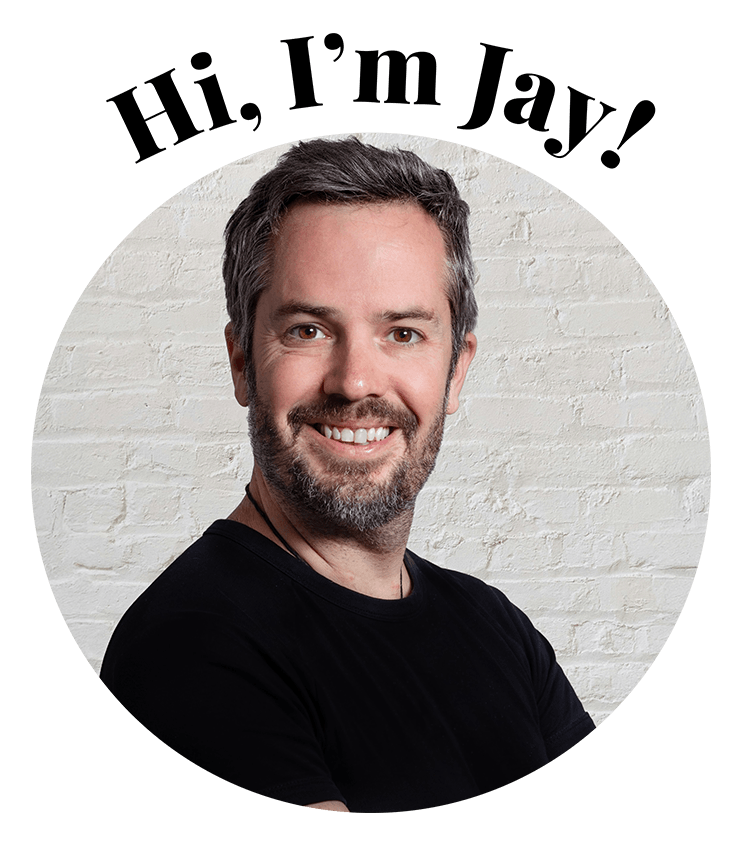
About the Author
Jay Wadams is a cookbook author, food photographer, and graduate of Le Cordon Bleu in Gastronomy and Nutrition.
Based in Italy 🇮🇹 Germany 🇩🇪 and Australia 🇦🇺.


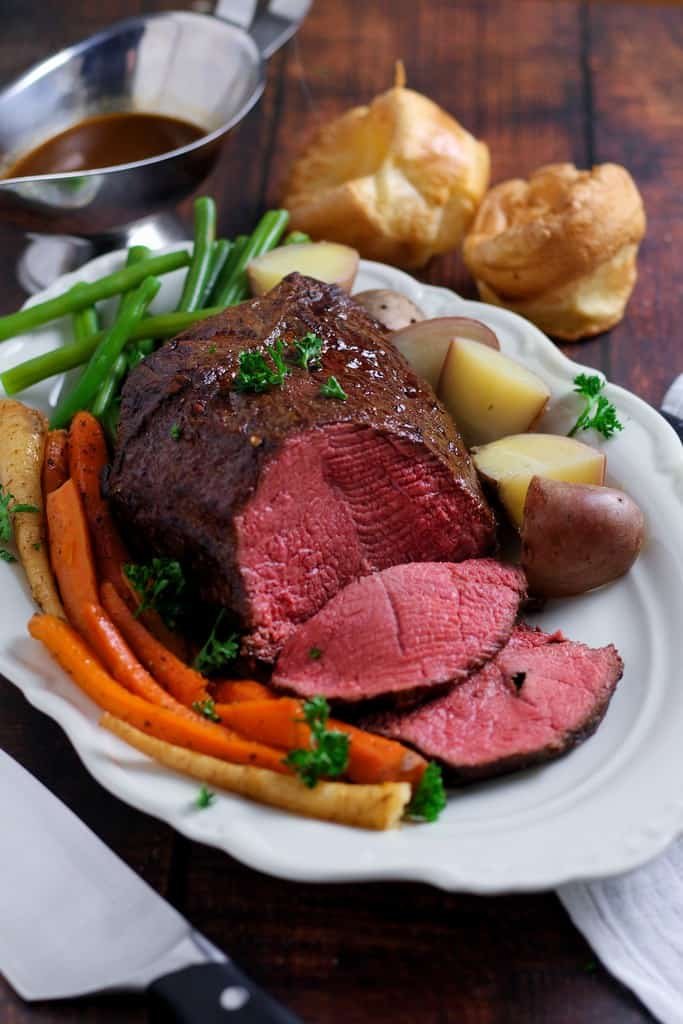
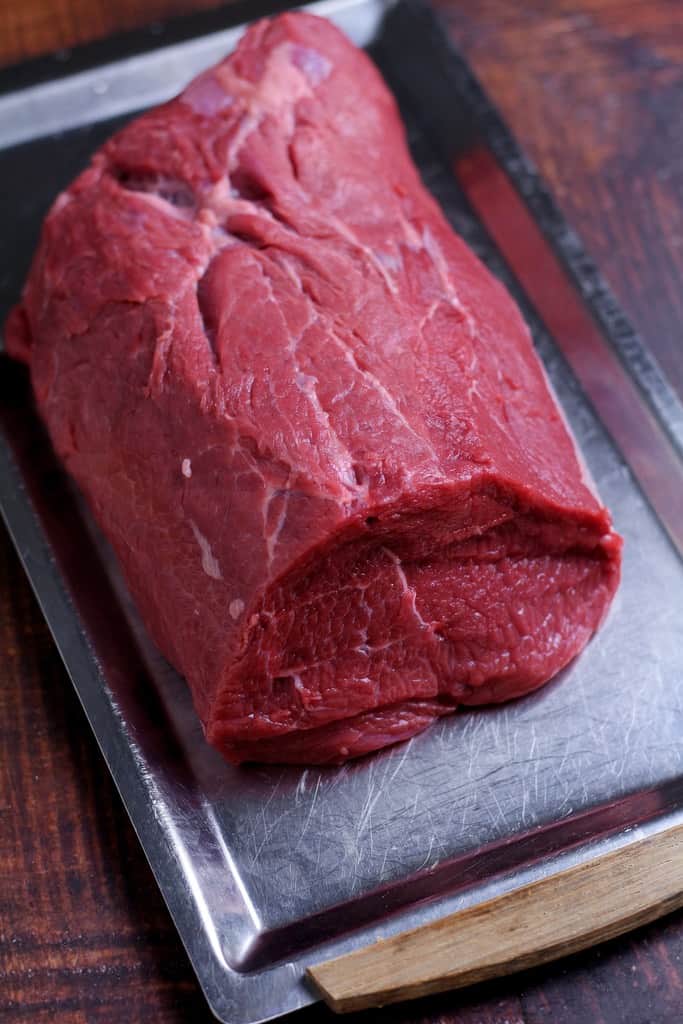
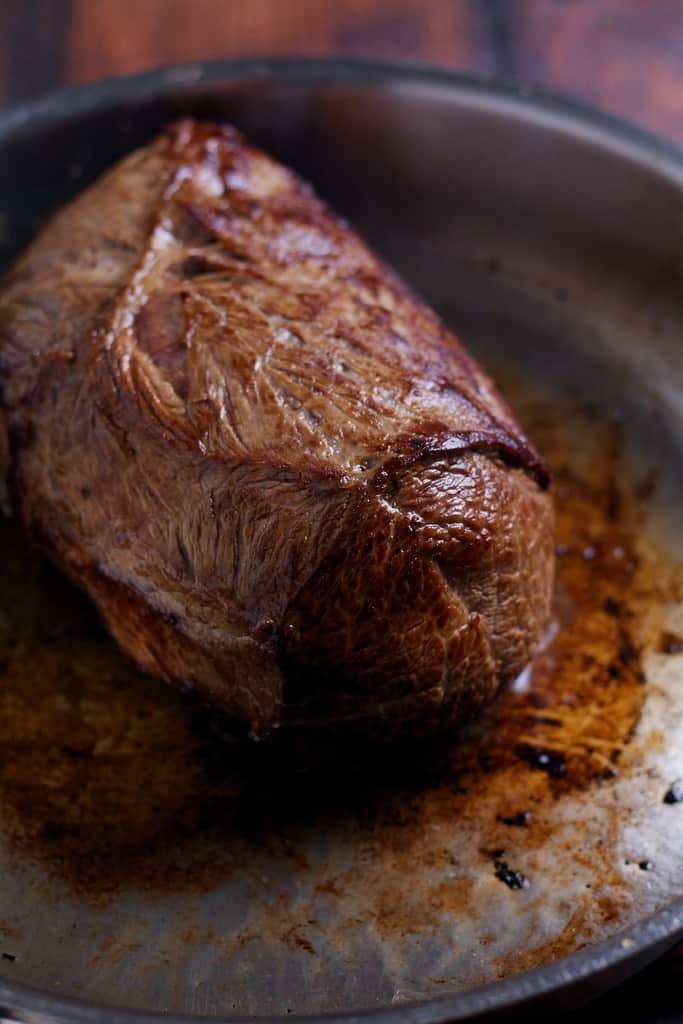


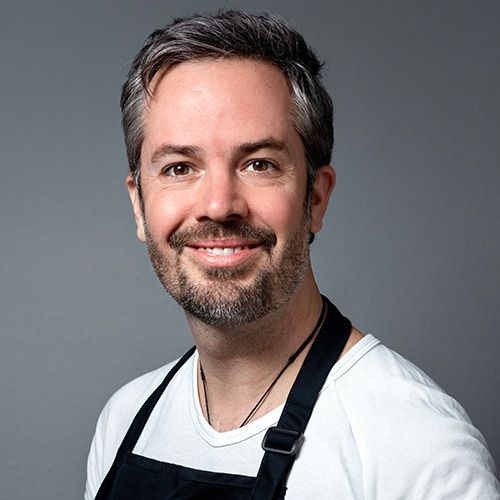
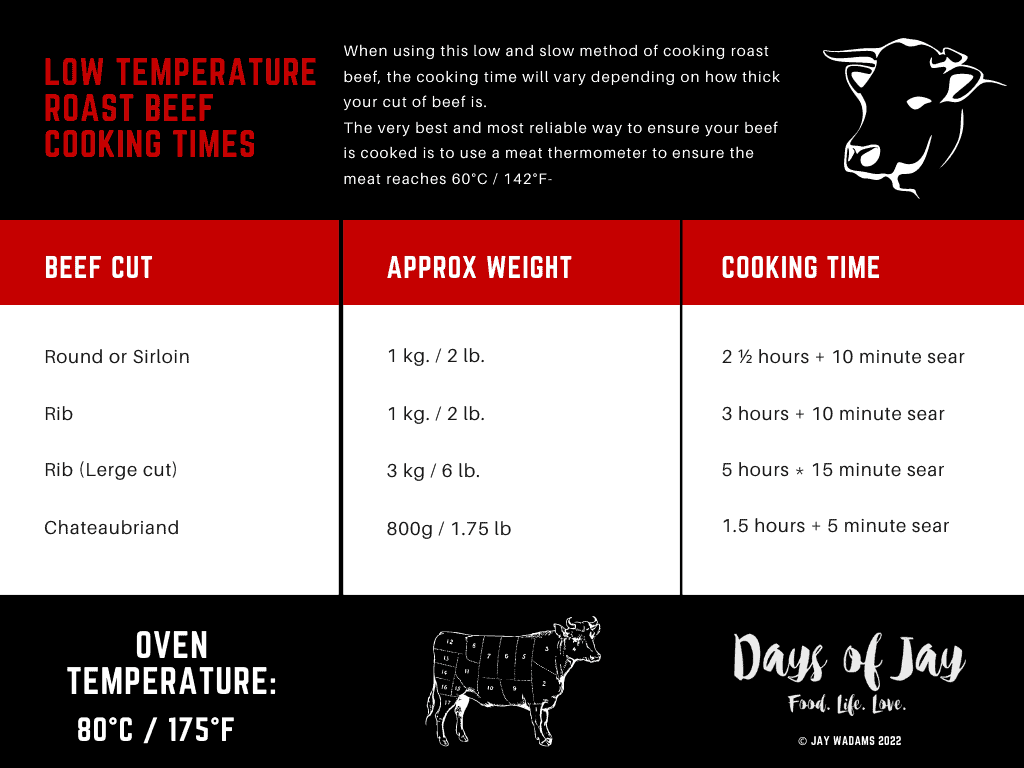

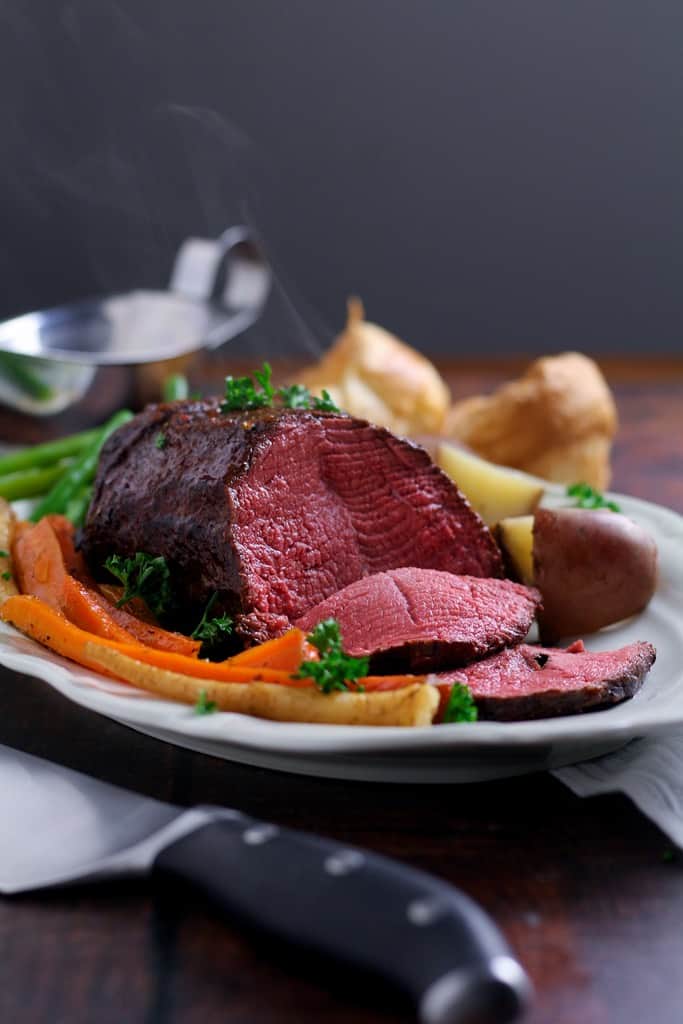






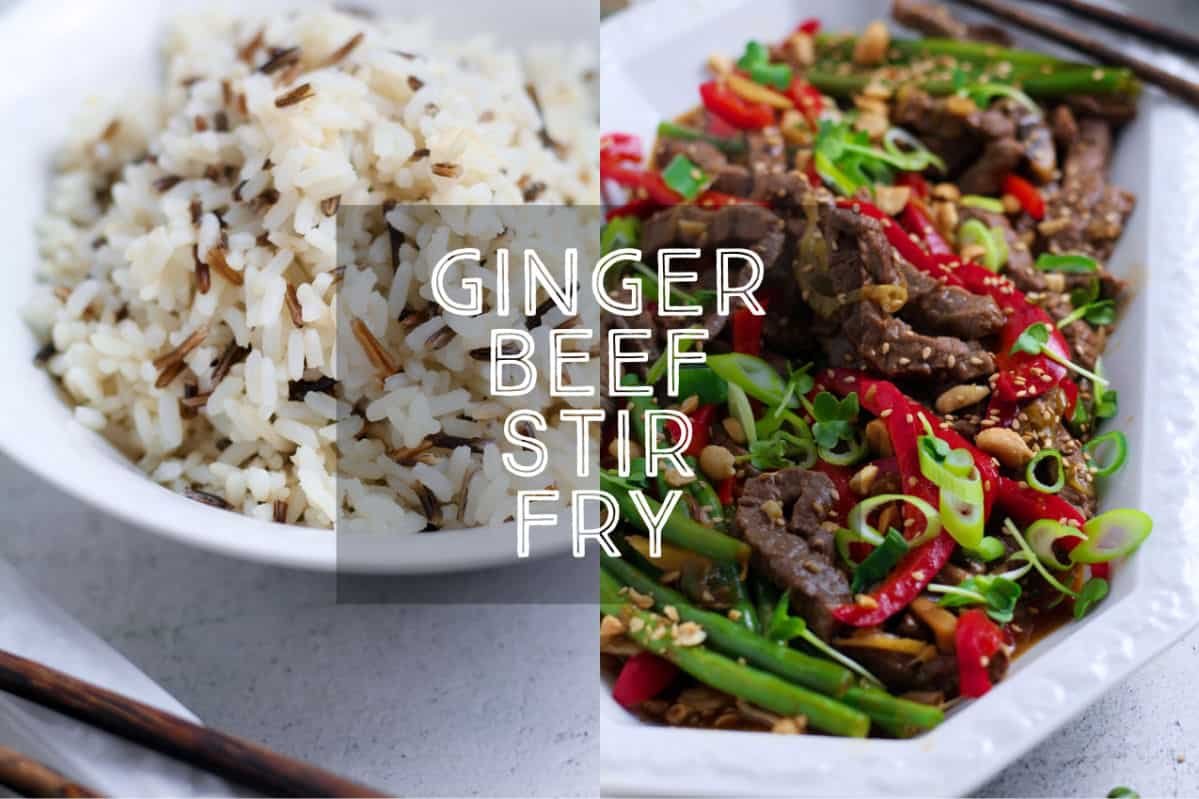
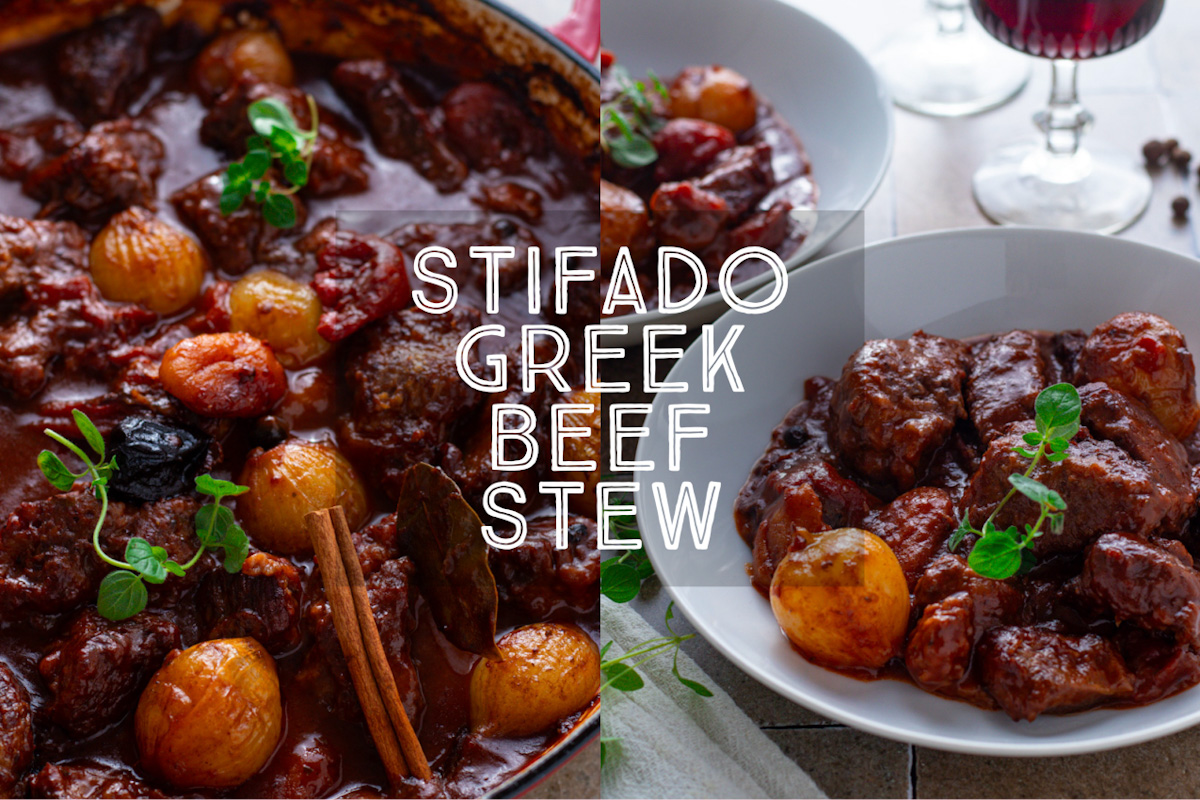
Hi Jay. I just want to say that this is the best roast beef that I have ever made. It was cooked perfectly the way I like it!! 🥰
Hi Zoe, thank you so much for your very kind words and for letting me know that this recipe was a success for you! Nothing beats perfectly pink roast beef, yum! J.
Hey! Can I check if this own temp is for a fan oven and if not, what temp you would recommend for fan? Usually it’s 10-20 degrees celsius less than a non fan oven
Hi Vanessa, great question! 80° is for a non-fan oven. However, there is a little wriggle room in this recipe as ovens aren’t very accurate in this temperature range. If your oven only has fan bake just drop the temperature to 70-75° (if possible, some don’t go this low) and keep an eye on the roast temperature with a thermometer. It may be ready a little bit earlier, but will hold warm without overcooking and still be delicious! Happy Christmas and all the best for the new year! J.
Hi Jay! Came across your website. I am going to do a slow roast of a Wagyu 3.05kg rostbiff, but will be away at work whilst it roasts for dinner. Could you please help me recommend a duration for roasting? I saw your recommendation for a rib of 3kg to be about 5h duration but am not sure if that would be too long since my beef will not have bone within. Really appreciate your help!
Hi Alice, oh wow, yum that Wagyu sounds tasty! This method can sometimes be a little hard to tell exactly how long to roast for, which is why my preferred method is to use a thermometer, however the flip side of the very low temperature is that it the meat will stay lovely and pink even if it is a little too long in the oven – once it reaches the right temperature, it will take a long time to overcook. I would say around 3.75 – 4 hours, but this can vary with your particular oven, so this is a guideline only. I hope that this has helped, and I know your lovely piece of Wagyu will be delicious! Happy Christmas and all the best for the new year, J.
This is a fantastic recipe. I used an 800g piece of Scotch Fillet steak and it was SO GOOD. Best roast beef I’ve ever cooked. The meat thermometer is definitely the key.
Hi Christine! Thank you so much for your lovely comment. Yum, that Scotch fillet steak sounds absolutely heavenly! I’m so happy you enjoyed this recipe. I am such a fan of using a thermometer – it takes all the guesswork out of cooking. Have a great week! J.
144 seems rather a high temperature for even medium-rare beef. Does it still come out lovely and rosy at this temperature?
Hi Allan, great question! This roast always comes out nice and rosy for me when I cook it to 140-144°F (just like in the pictures). Of course if you prefer it on the rarer side you can definitely cook it to a little less to suit your tastes. Taking the roast out at 135°F would likely allow a nice rise to 140° or so on resting 😀 J.
Can you tell me what cut of beef is used for the roast in the photos? Also, is it at all possible to do a reverse sear method with this recipe?
H Michele! Great questions! The roast in the photos is a tri-tip (U.S name) or rump tail (U.K name) from just below the sirloin. In Germany it is called a Burgermeisterstück, and it is a lovely tender piece for roasting.
I don’t see why you couldn’t reverse sear this roast, however one of the reasons that I do this the other way around is that roast beef is a meal that is often served to visiting guests. By searing first and preparing the gravy hours in advance, all of that prep work is out of the way by the time the guests arrive (no smoky kitchen/cook from searing and a tidy cooking area, yay!) This means I can be relaxed and have a glass of wine with my guests rather than clattering around in the kitchen still cooking and missing all the fun 👨🏻🍳. All the best for the new year! J.
Only carried out the Beef part of recipe, couldn’t commit the main oven for the meat (which goes down to 80C), used the combi at 100C (I’m convinced the actual temp is less). Seared a 1kg topside joint after it had been out the fridge for two hours. Checked at hourly intervals, which took 2 hours to reach 59.5C.
Tasted amazing and went down very well with all the family, thanks ever so much for adding approx details of cooking times as this was a step into the unknown.
Was great for leftovers – beef and stilton sandwiches all round.
Hi Mark, thank you so much for letting me know how you got on with this roast, I am hungry just thinking of those beef and stilton sandwiches, yum! Am absolutely delighted that this was a success for you and that the family enjoyed! All the best for 2024, J.
Delicious and tender! This roast beef recipe is the best one I’ve seen. Thank you! —— I am so happy that you enjoyed it! Thank you for your very kind feedback and all the best for the new year! J. —-
Please could you give me an idea as to how long I would need to cook a 2kg joint of rolled yopside at the low temperature?
Hi Mandy! I’ve not yet cooked a lovely rolled topside (yum!) with the low-temperature method, but you are going to be looking at up to 4-5 hours, possibly a little more. When cooking with this method it is all about getting the middle of the meat to reach at least 60 degrees celsius for medium rare (65-70 for medium) and this can vary depending on your oven and the temperature of the meat when it goes in the oven. You’ve got a couple of options, one is to start cooking the beef well in advance (say 5 hours), and when the internal temperature of the beef is close to 60 degrees to turn the oven to very low to hold the beef at the right temperature. Alternatively, if the beef really isn’t cooking through in time for your meal, you can bump the oven temperature up at the end of the cooking time to hurry it along. It’s not an exact science I am afraid, but removing the beef from the fridge well in advance of cooking and using a thermometer are an absolute must! I hope this helps a little. J.
Best recipe online! Didnt have a themometer but cooked for 1 hour 40 for 800g of beef and it was a perfect pink all the way though.
–Thank you so much Leah for your lovely words! I’m so happy you enjoyed this recipe!! J.–
Why did I never see this recipe before!! We cooked it a little longer as my Husband doesn’t like it too pink. It was amazing! So soft, flavoursome and I made the gravy as directed too. This is our new roast beef go to forever! Thank you so much! Roll on Christmas and our guests !
Hi Jo, I am so thrilled that you enjoyed this recipe! Thank you very much for your lovely comment, you’ve absolutely made my day. This is one of my favourite recipes for entertaining and I’m so happy that you’ve found it! J.
Do you cover the beef in the oven or leave it uncovered? I’m new at this so it’s not obvious to me. Thanks!
Hi Jeff! For this recipe you leave the beef uncovered. Just make sure you give it a good sear in the pan so it is nice and brown and keep an eye on the temperature with a thermometer. Let me know how you get on! J.
It would be helpful if you gave some idea of how long a certain weight of beef needs to roast, so your readers can have a general idea of when dinner can be served.
I have a slow roast recipe that specifies 30 minutes per pound at 200 degrees. Unfortunately, it anticipates my being able to put the beef under the broiler at that temperature, which my current oven refuses to do (no doubt because some government bureaucrat thinks I can’t be trusted to properly cook my food.)
Hi Harmon, that is a great idea! Thank you so much for leaving this feedback, I‘ll definitely do some more research and update the recipe with my findings. How frustrating that the oven can‘t be set lower, we have a lot of bureaucracy here too!
Can I ask you a favour? If you can let me know how low your oven goes and the sizes of beef that are generally available in your part of the world I can make this recipe more helpful 🙂
Merry Christmas! J.
Nuff said.
I made the roast beef with the mustard and paprika. It was ridiculously good. I made it for an office bring and share Christmas lunch. Huge hit. I was absolutely delighted I’d kept some at home for dinner.
Hi Louise, I am so thrilled that you enjoyed the beef! It’s one of my all time favourite recipes – good on you saving some to have at home! Thank you so much for taking the time to leave such a lovely comment, you’ve made my day. Wishing you a very Merry Christmas and all the very best for 2022! xJ
Hi Jay .. do you place the roast on a slotted rack in the roasting pan or directly on the bottom of the pan?
Hi Brett! I am so sorry for the late reply, I have been travelling and not checking on the website! I hope the roast beef worked out for you, either a tray or a rack works fine with this recipe! Let me know how you got on! J.
What exactly is a beef roast (I’m in the US). Is it top of the round? Sirloin? Also, with the Yorkshire pudding can I use a non milk substitute like oat milk? I have a diary allergy.
Hi Kevin! In the US you can use a round or top of the round cut to make this sort of roast. Just be sure to use a thermometer to make sure the internal temperature of the roast is correct. Yorkshire puddings can definitely be made dairy free – I have had great success with soy milk so I imagine oat shouldn’t be a problem. Do make sure the oil is nice and hot so they puff up (they are a little like American popovers in the way they work). I’d love to know how you get on! J.